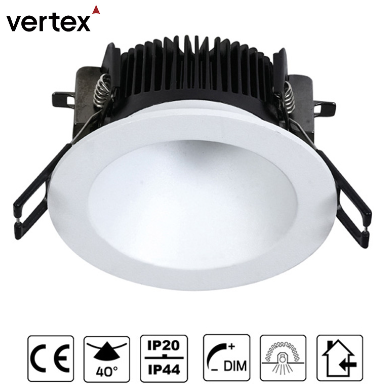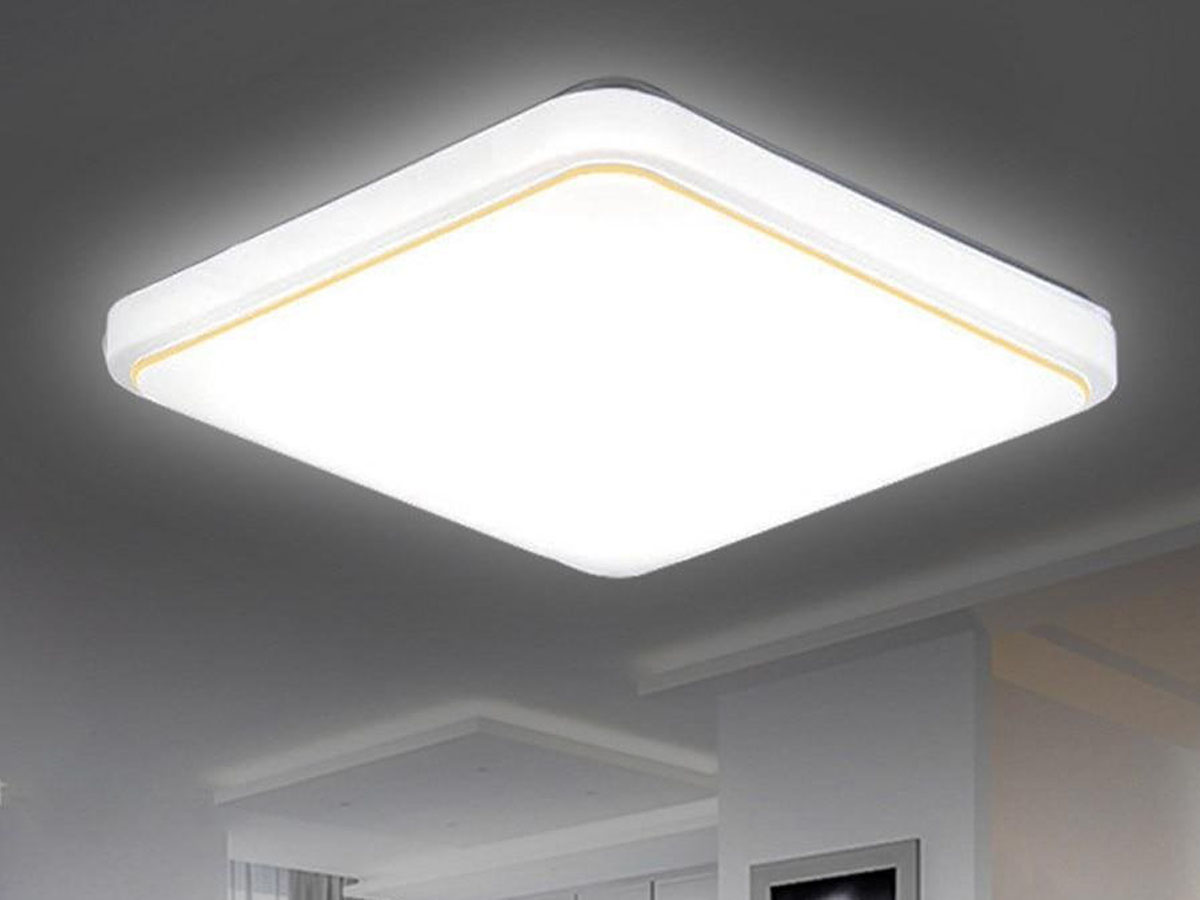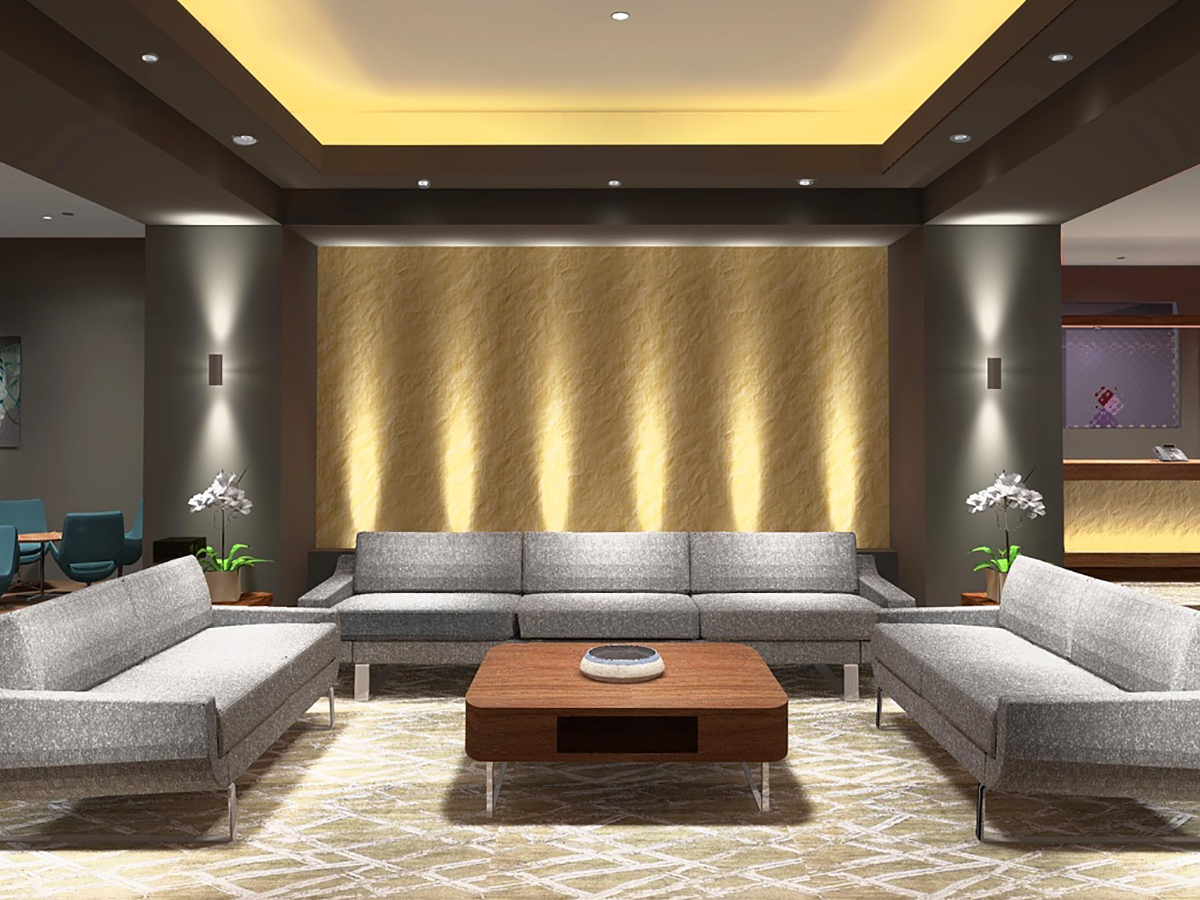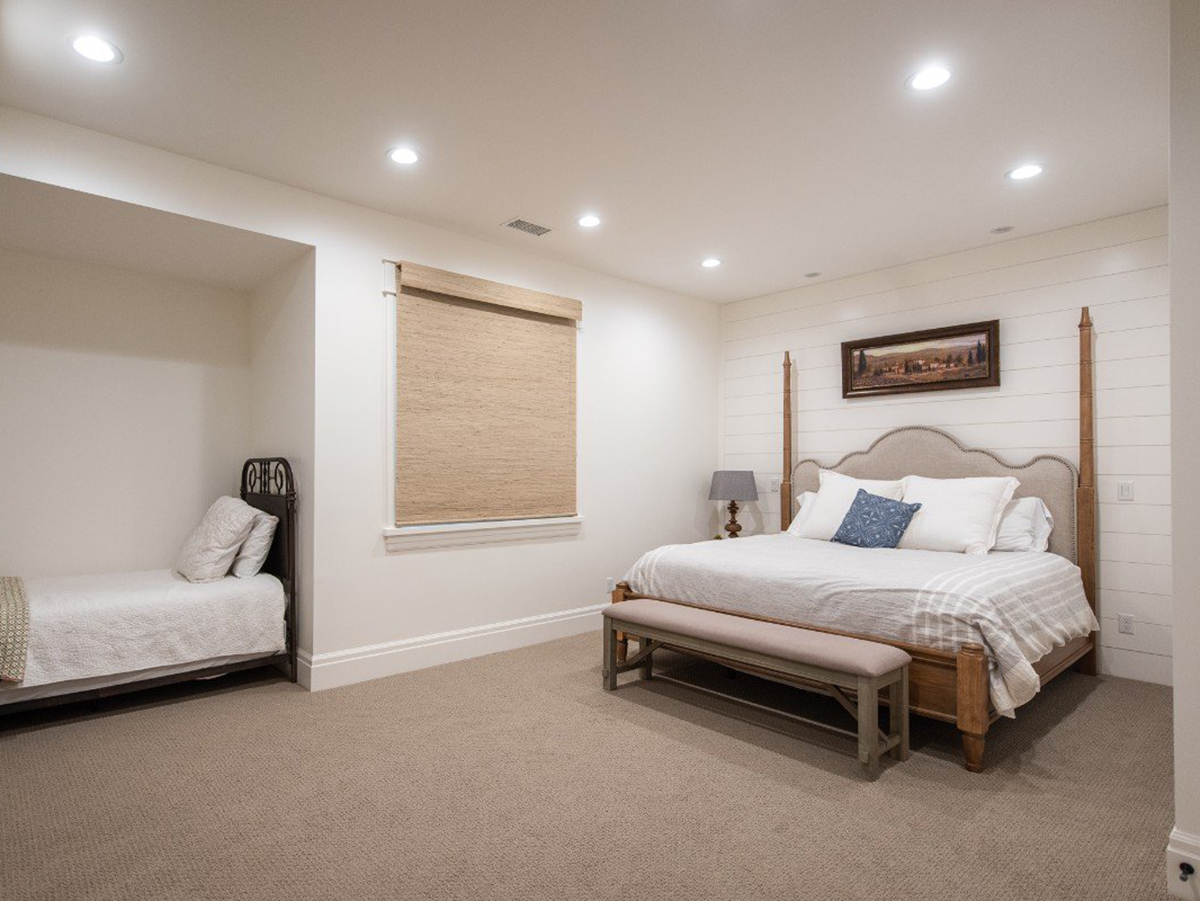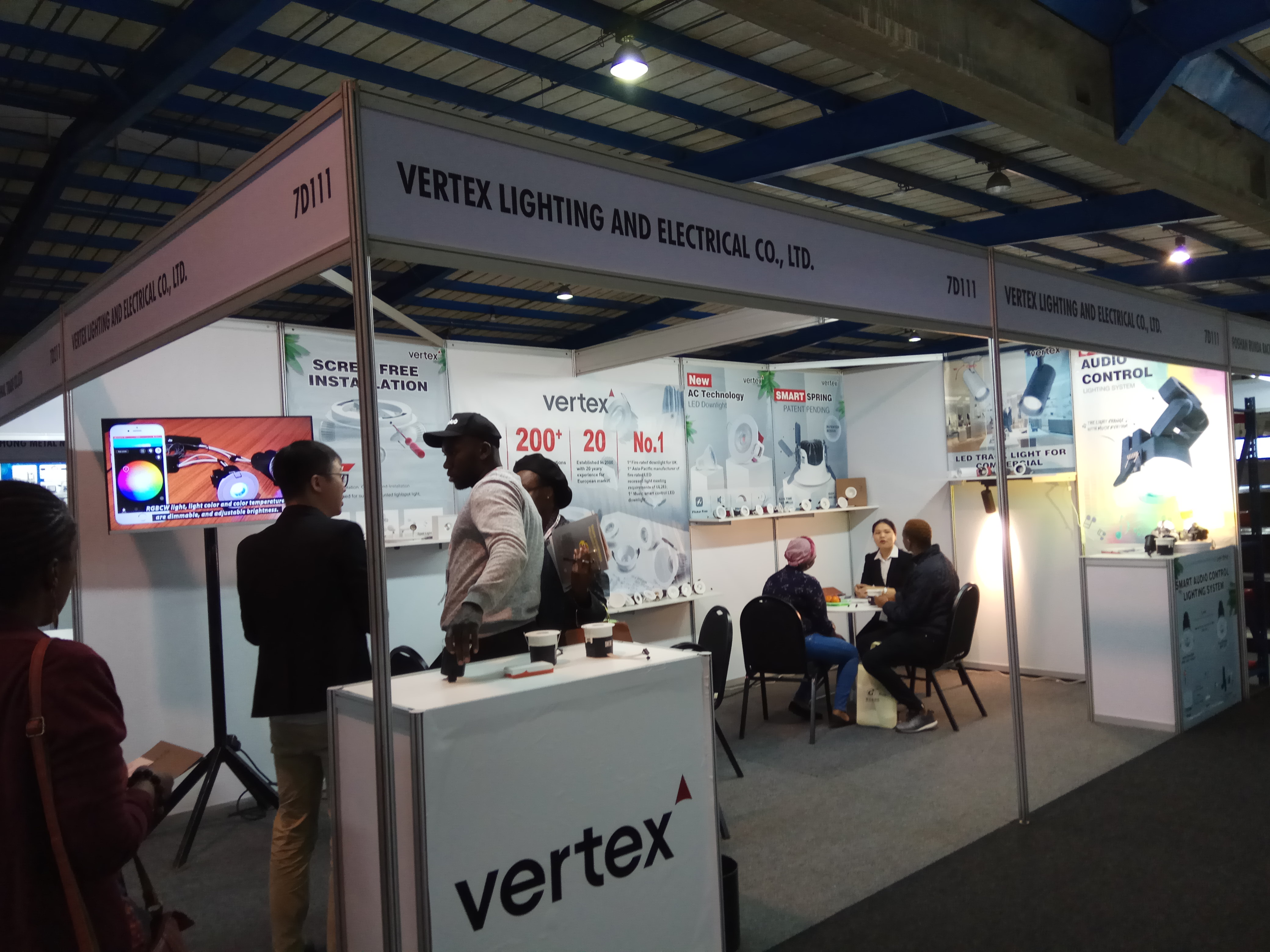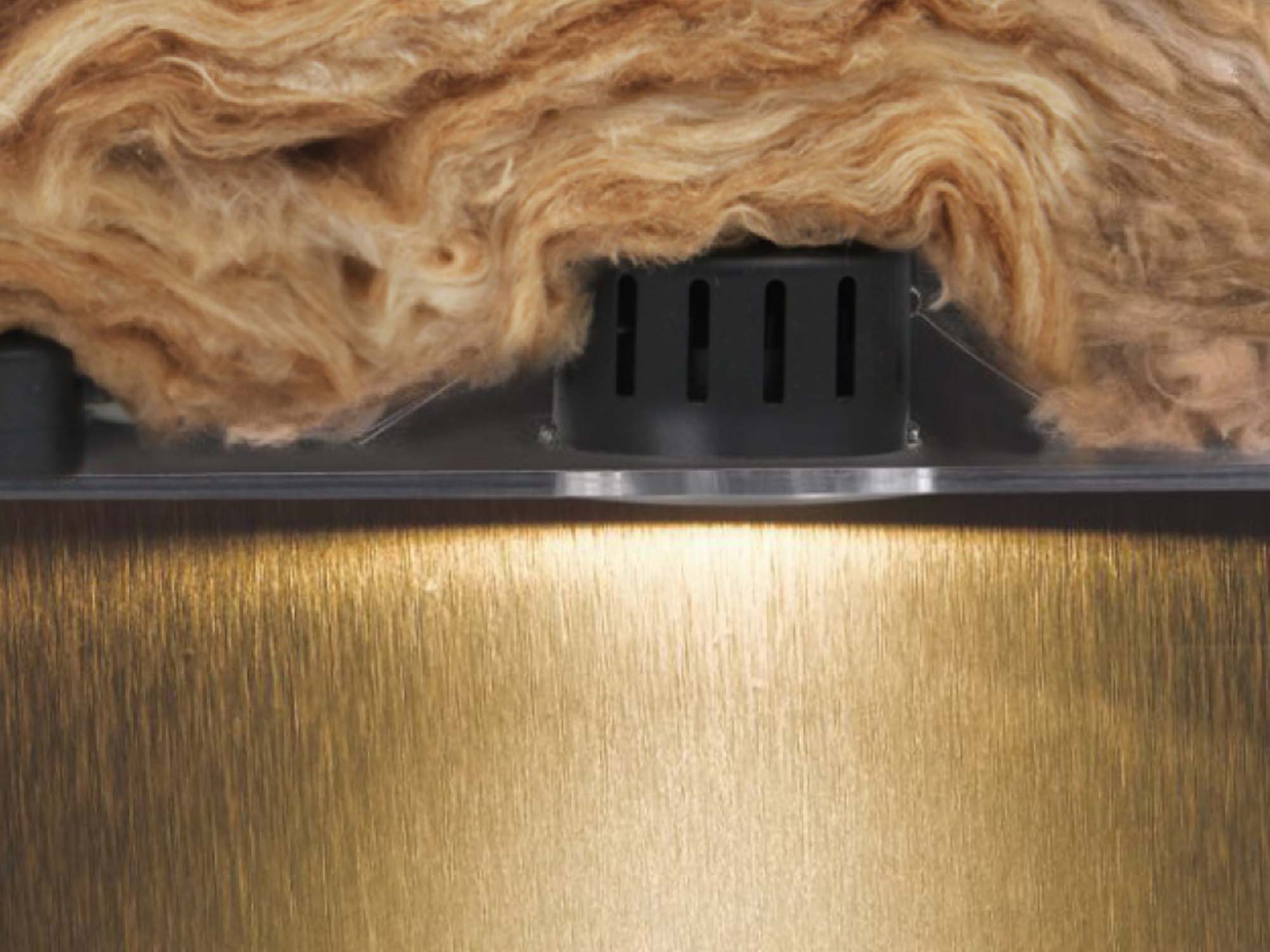When "wall light" is mentioned, most people may tend to table this into the decorative lighting furniture. This decorative furniture also plays a functional role in the house's indoor lighting. Wall downlights can be the unsung heroes of interior design, transforming spaces with subtle elegance and practical illumination. Wall downlights can be used for task lighting such as reading lighting, proper task lighting, and general safety lighting solutions.
In this post, the author will list the importance of wall downlights and guide you on how to choose the best wall downlights.
In this post, the author will list the importance of wall downlights and guide you on how to choose the best wall downlights.
Why Do I Need Wall Downlights?
Wall lights aren't just about illuminating a room; they serve multiple purposes. They provide ambient lighting, highlight architectural features, and create visual interest. Unlike overhead lights, wall downlights offer a softer, more diffused glow that adds depth and warmth to your space.
Where Should I Use Wall Lighting?
downlight wall lights can be installed in any area in a room. In the living room, they can work alongside ceiling lights and provide supplemental illumination meanwhile creating a more atmospheric effect and alleviating glare.
Working wonderfully in hallways, they provide a guiding light without overpowering the space. In living rooms, they can accent artwork or create a cozy atmosphere. Bedrooms benefit from bedside wall lights, offering focused illumination for reading without taking up valuable nightstand space.
Working wonderfully in hallways, they provide a guiding light without overpowering the space. In living rooms, they can accent artwork or create a cozy atmosphere. Bedrooms benefit from bedside wall lights, offering focused illumination for reading without taking up valuable nightstand space.
Factors When Choosing Wall Downlights
Selecting wall downlights may take you a lot of time, because it involves many aspects such as indoor layout, type of LED downlights, lighting purpose, etc. In this section, the author will list the main factors you need to consider when choosing wall downlights.
●Lighting Purpose
The purpose of the lighting is a crucial factor to consider when choosing wall downlights. If your goal is to create a warm, inviting ambiance, you might opt for lights with a lower color temperature and brightness.
For task-oriented lighting, such as in a kitchen or reading nook, you would want brighter, more focused light.
Accent lighting is used to highlight specific features of a room, like artwork or architectural details, and would require directional lights that can be adjusted to focus on these elements.
For task-oriented lighting, such as in a kitchen or reading nook, you would want brighter, more focused light.
Accent lighting is used to highlight specific features of a room, like artwork or architectural details, and would require directional lights that can be adjusted to focus on these elements.
●Light Layout
The layout of the light should be in harmony with the room's structure and other light sources. You need to assess the room and decide where the light will fall. The goal is to ensure a balanced and cohesive atmosphere.
For example, in a room with a lot of natural light, you may want to place your downlight wall lights in areas that can be darkened when the sun goes down.
For example, in a room with a lot of natural light, you may want to place your downlight wall lights in areas that can be darkened when the sun goes down.
●Eye-Level Placement
Wall downlights should ideally be placed at eye level. This means they should not be too high that they create shadows or too low that they shine directly into people's eyes. The correct placement ensures comfortable and aesthetically pleasing illumination.
However, the "eye level" would vary based on the specific use case. For example, in a stairway, downlights might be placed lower for safety and visibility.
However, the "eye level" would vary based on the specific use case. For example, in a stairway, downlights might be placed lower for safety and visibility.
●Style and Decor Compatibility
The design and style of the downlight should complement the room's decor. A modern, minimalist room might benefit from sleek, recessed lights, while a more traditional room could be enhanced with ornate fixtures. The color, material, and design of the light fixture should be in harmony with the room's color scheme and overall design aesthetic.
●Types of Wall Downlights
There are various types of wall downlights, each suitable for different purposes. Picture lights are designed to highlight artwork or photographs; they are often adjustable to focus on the desired object.
Recessed wall lights are sleek fixtures that sit flush with the wall, providing a subtle and contemporary lighting solution. Swing arm wall lights offer flexibility with adjustable arms, making them perfect for reading nooks or bedside lighting. Up-and-down wall lights emit light in both directions, adding depth and creating a striking visual effect on the walls.
Thus, you need to choose the right type of wall downlights to meet your lighting requirements.
Recessed wall lights are sleek fixtures that sit flush with the wall, providing a subtle and contemporary lighting solution. Swing arm wall lights offer flexibility with adjustable arms, making them perfect for reading nooks or bedside lighting. Up-and-down wall lights emit light in both directions, adding depth and creating a striking visual effect on the walls.
Thus, you need to choose the right type of wall downlights to meet your lighting requirements.
Conclusion
All in all, the selection of the wall downlights involves a careful balance between functionality and aesthetics. You have to consider multiple aspects. Otherwise, you may find that the wall downlights you choose are not suitable for your house.
